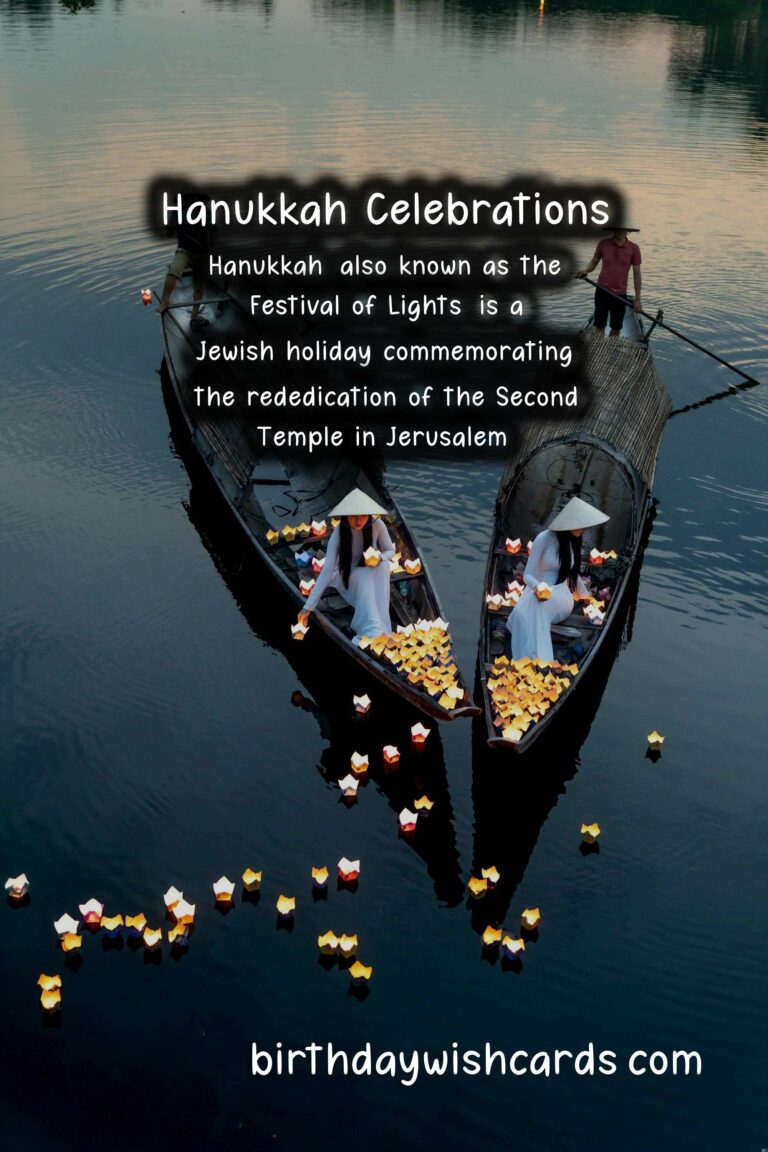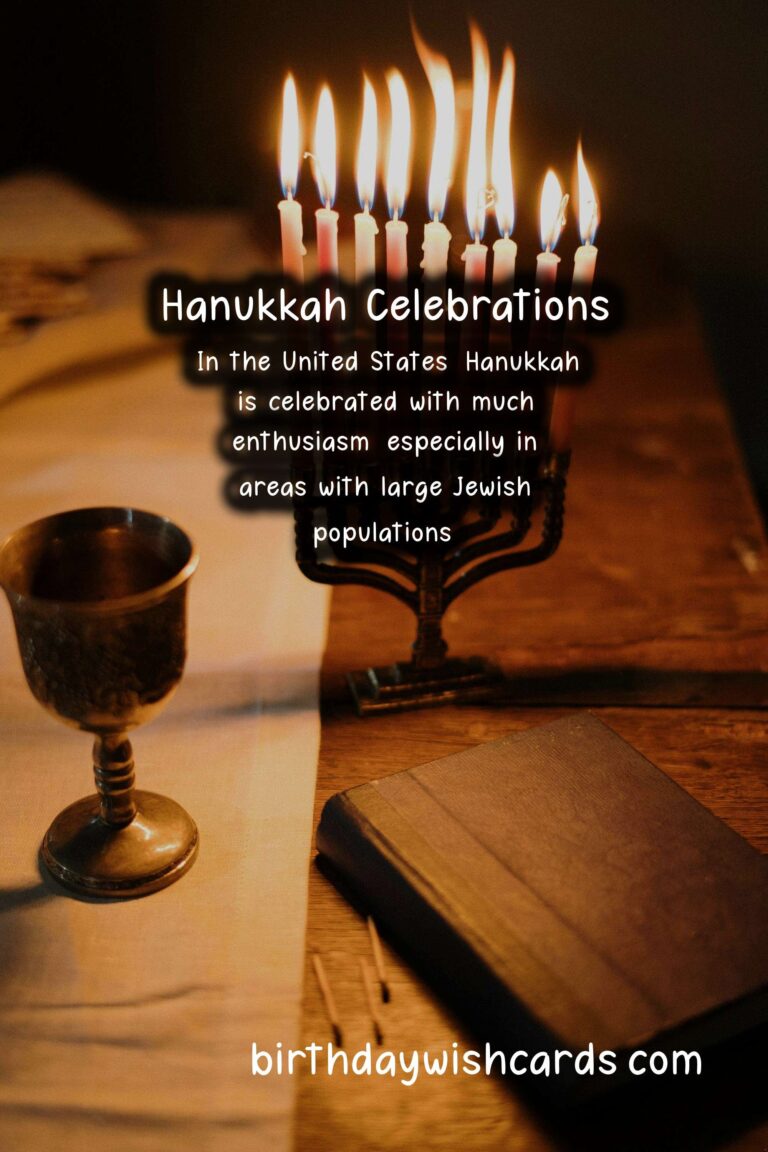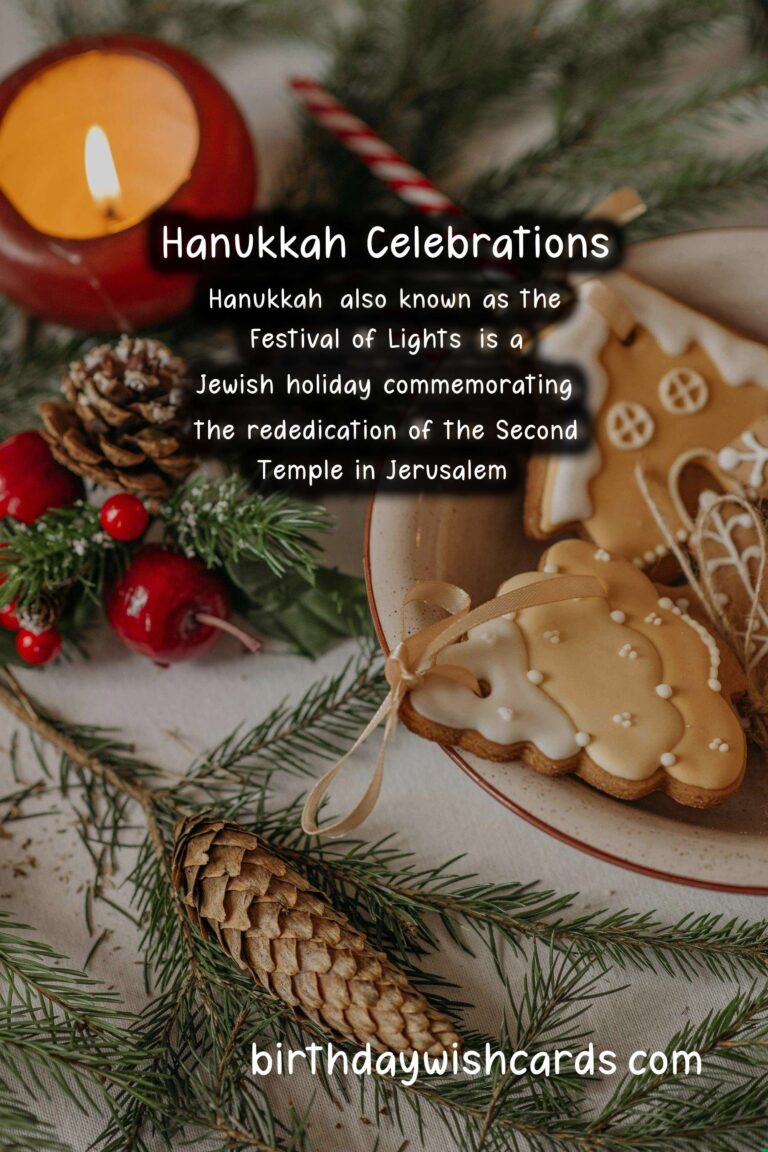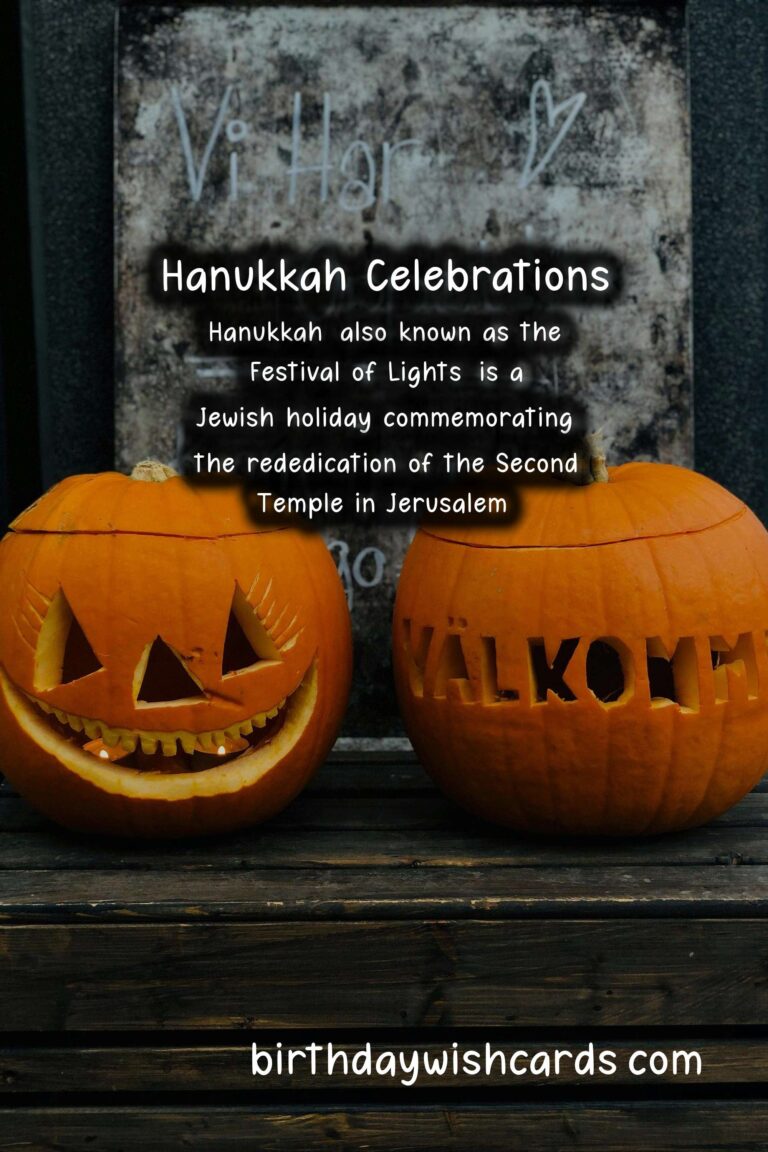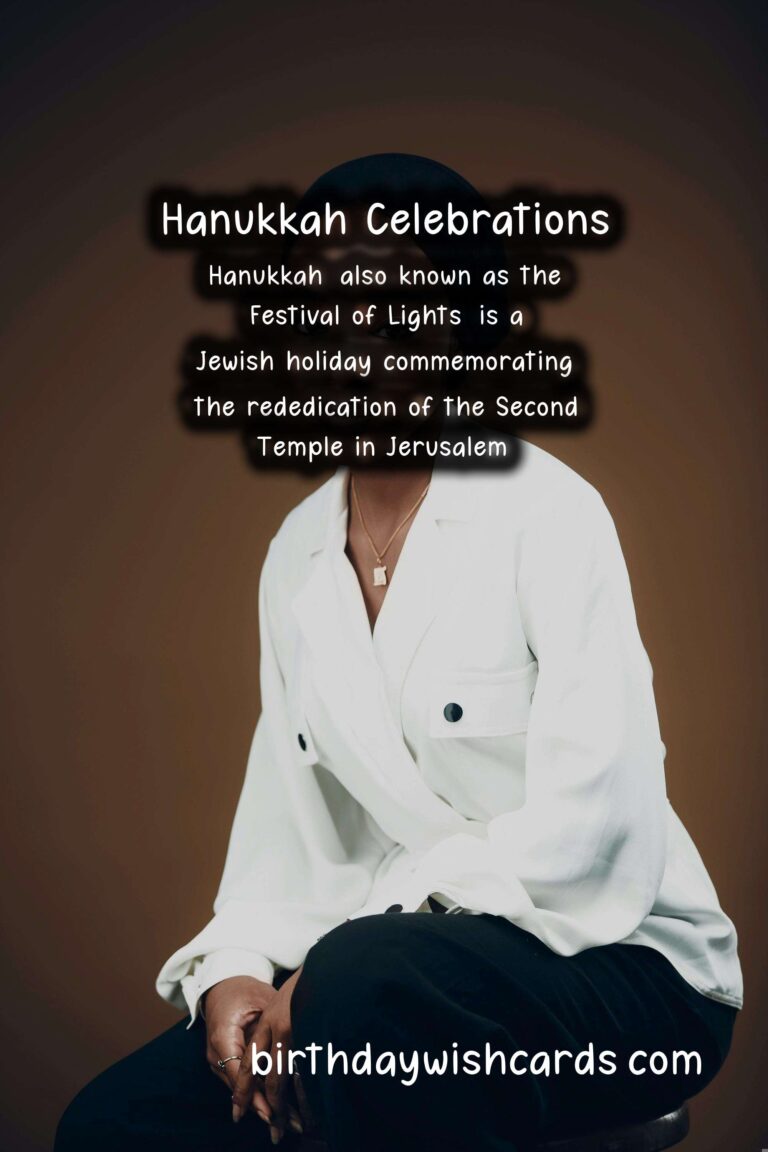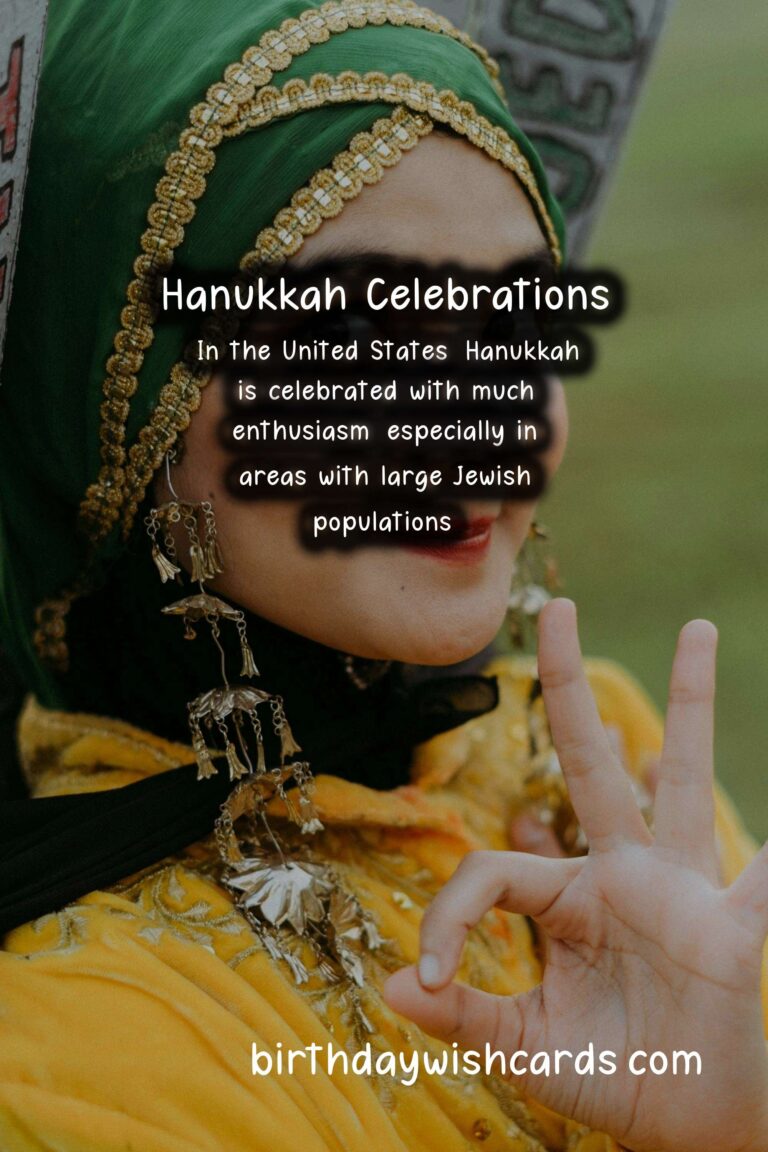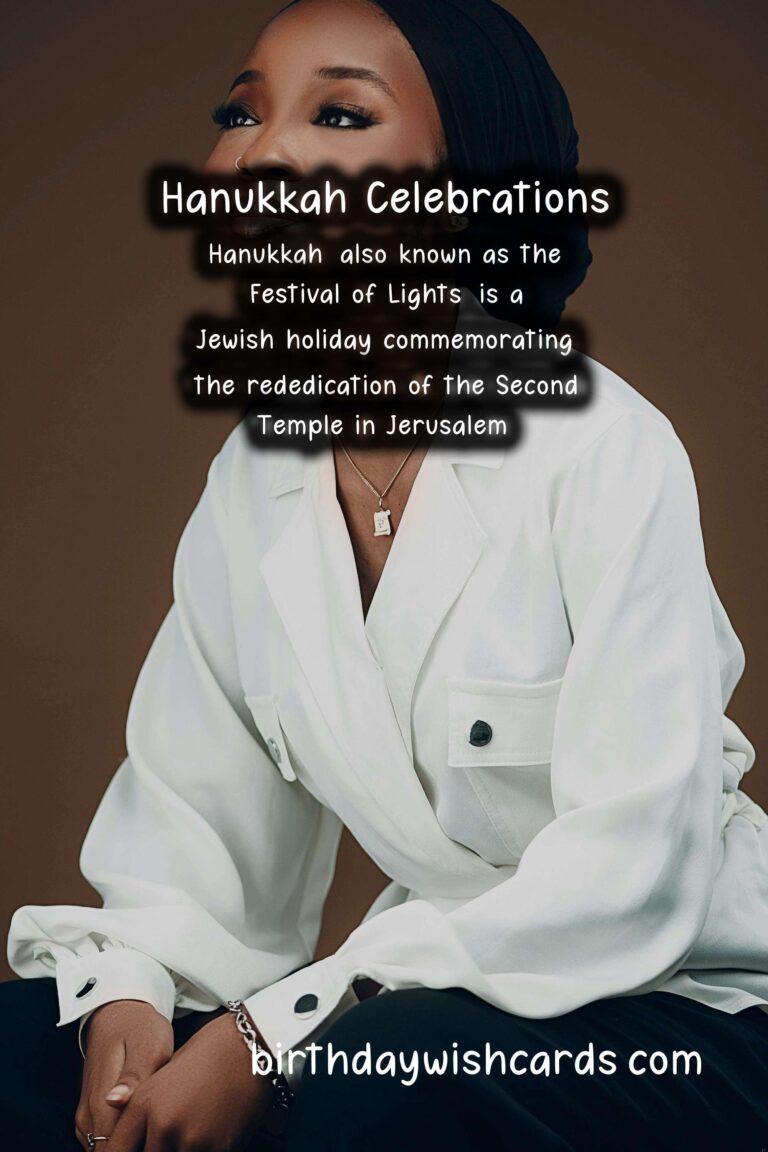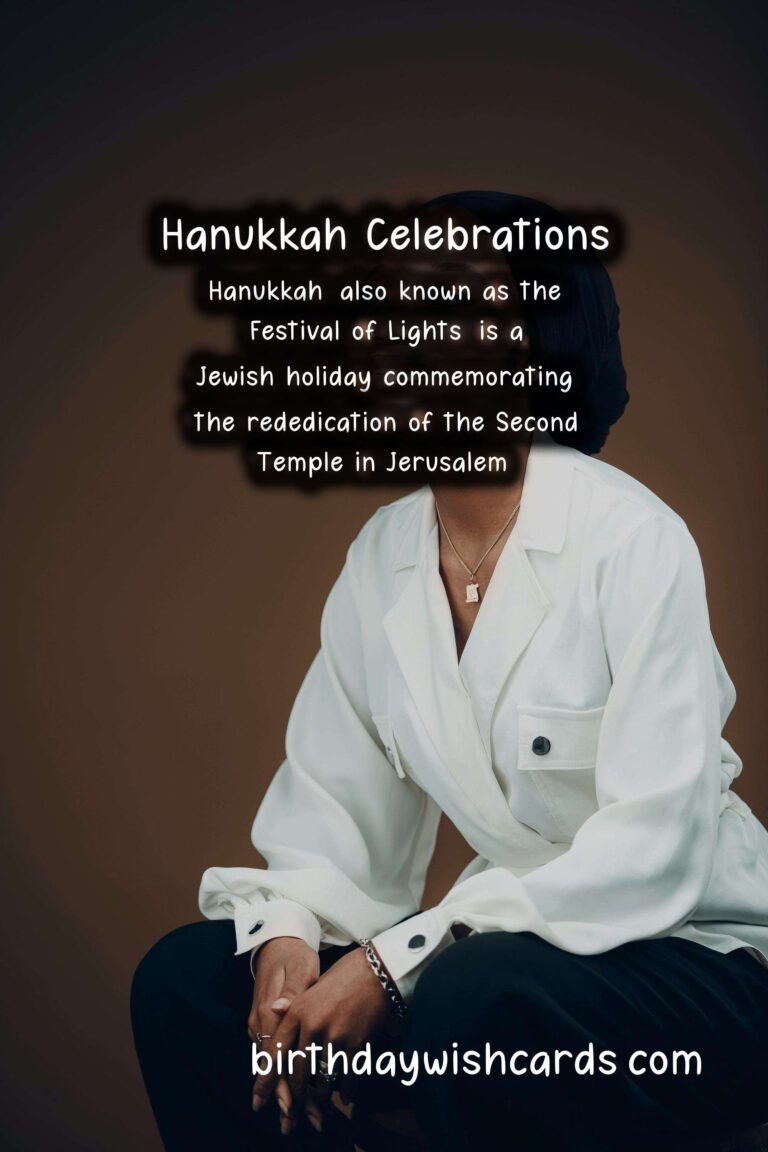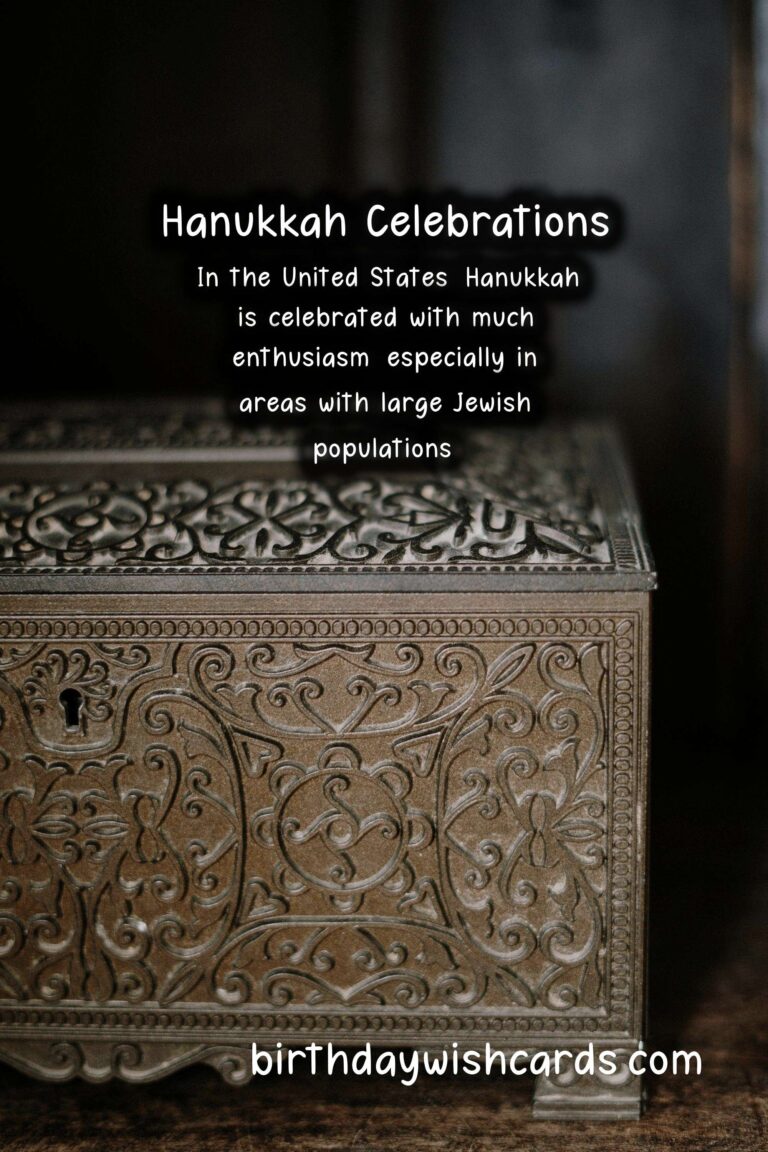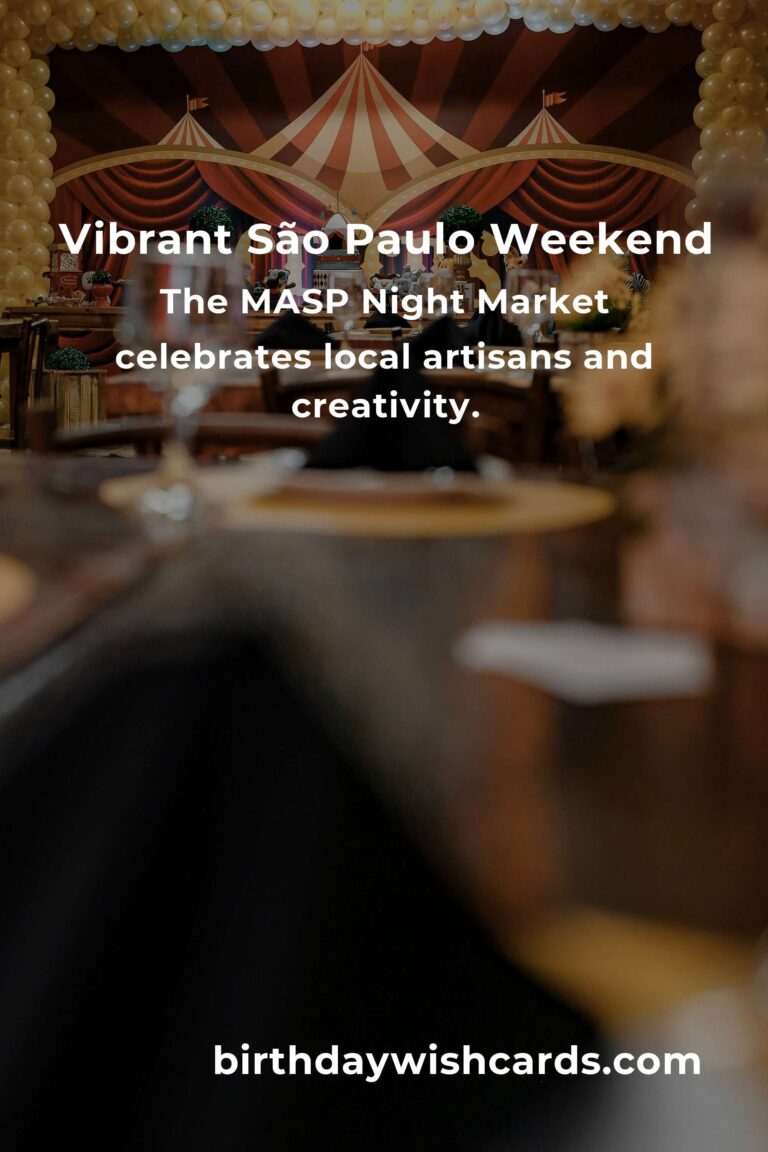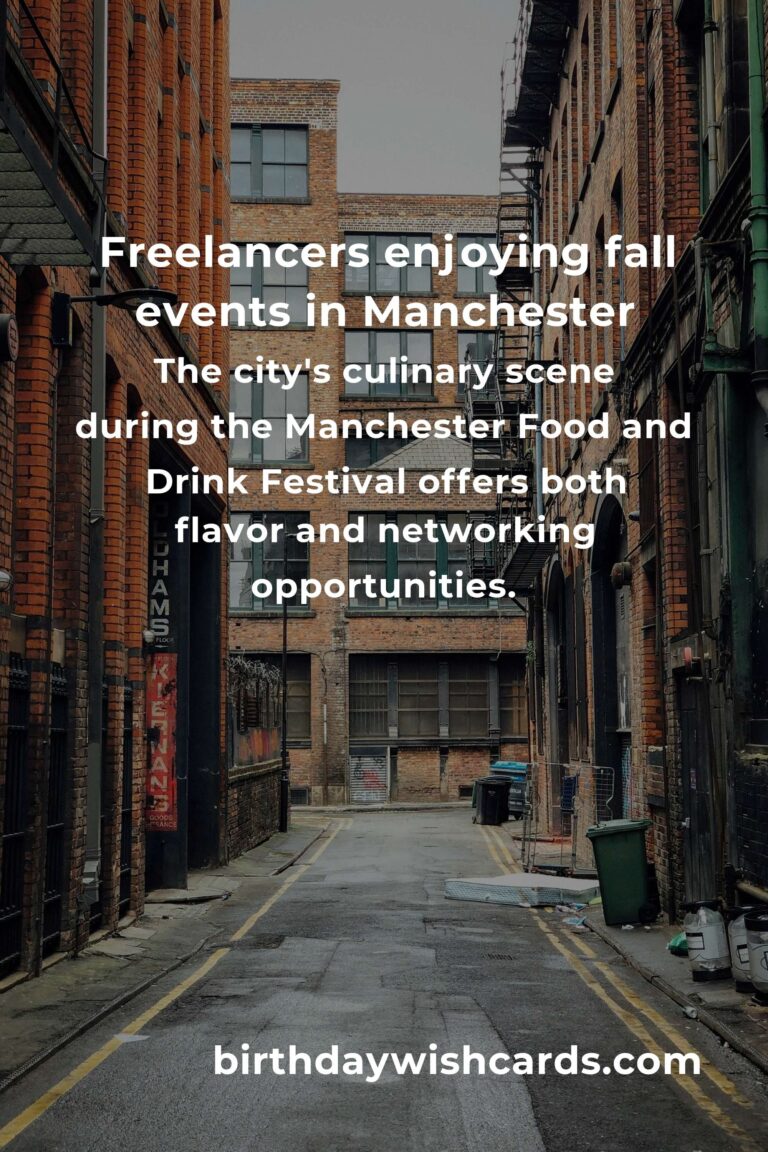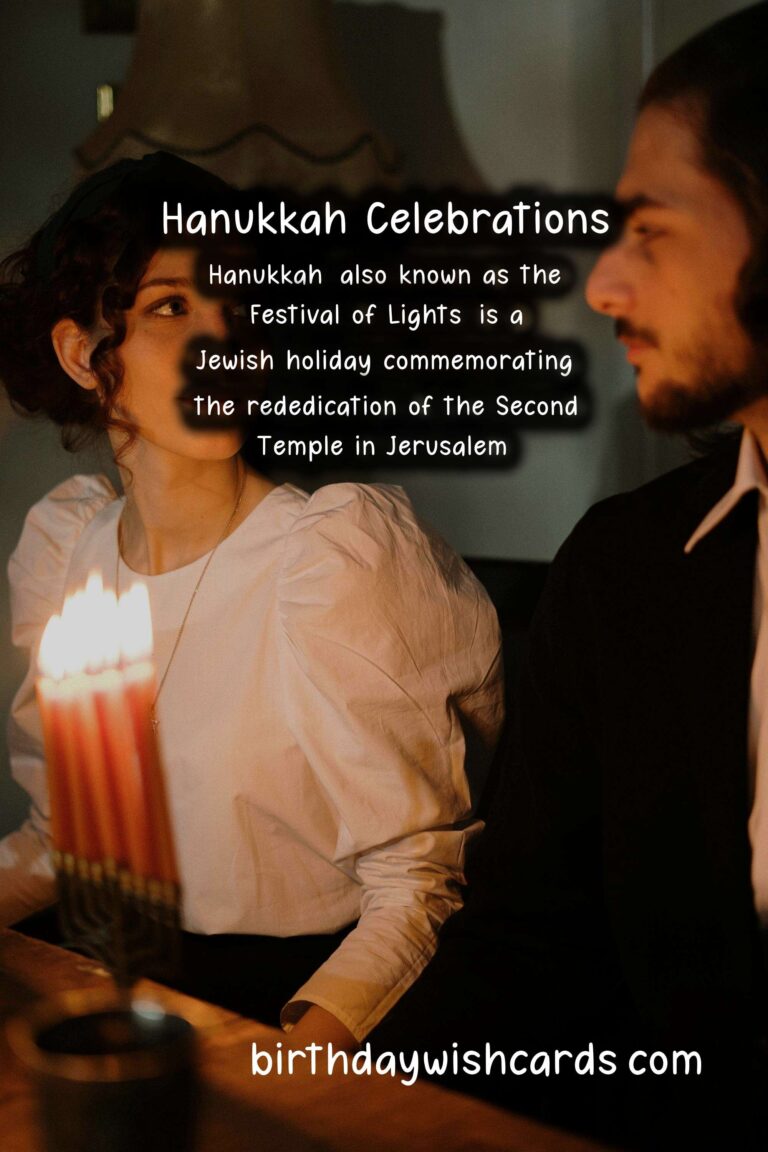
Hanukkah, also known as the Festival of Lights, is a Jewish holiday commemorating the rededication of the Second Temple in Jerusalem. The celebration lasts for eight nights and days, starting on the 25th of Kislev according to the Hebrew calendar. Each night, a candle is lit on the menorah, a special candelabrum used during the holiday. The warm glow of the lights symbolizes the miracle of the oil that lasted for eight days. However, how Hanukkah is celebrated can differ significantly depending on the cultural context and locality. In this article, we will explore the diverse customs and traditions of Hanukkah across the globe.
1. Hanukkah in the United States
In the United States, Hanukkah is celebrated with much enthusiasm, especially in areas with large Jewish populations such as New York and Los Angeles. Families typically gather to light the menorah, recite blessings, and sing traditional songs. It’s common for children to receive gifts, comparable to the Christmas holiday. Food plays a central role in American Hanukkah celebrations; popular dishes include latkes (potato pancakes) and sufganiyot (jelly-filled doughnuts) that reflect the holiday’s culinary heritage.
2. Hanukkah in Israel
In Israel, public celebrations make Hanukkah a vibrant and communal experience. Cities and towns often host festivals featuring music, dance, and plenty of delicious food. The lighting of menorahs in public squares and on balconies is a common sight, symbolizing the joyous spirit of the season. Additionally, many schools and community centers organize special events to teach children about Hanukkah’s history and significance.
3. Hanukkah in Canada
Canada has a rich Jewish culture, and Hanukkah festivities often mirror those in the U.S., with family gatherings, gift exchanges, and special meals. Cities like Montreal and Toronto hold public menorah lightings and community events, making it easier for families to celebrate together. In addition, local synagogues may host educational programs to share the story of Hanukkah with the broader community.
4. Hanukkah in Europe
In Europe, Hanukkah is celebrated with its own unique customs depending on the country. For example, in the United Kingdom, Jewish communities gather for communal candle lighting in synagogues and public spaces. Latkes and doughnuts remain popular, but various local dishes may also be incorporated. In France, families often celebrate with a focus on community and family gatherings, with special prayers recited during candle lighting.
5. Hanukkah in Australia
Australia boasts a diverse Jewish community, and Hanukkah is celebrated with a blend of traditional and modern customs. Many families gather to enjoy light meals featuring traditional foods like latkes, while larger community events may feature music, dance performances, and food festivals. In Sydney and Melbourne, public menorah lightings often attract hundreds of attendees, showcasing the vibrant Jewish culture.
6. Hanukkah in Latin America
In Latin American countries such as Argentina and Brazil, Jewish communities have formed unique traditions around Hanukkah. Celebrations might include traditional music, dance, and food that reflect the local culture, such as empanadas or brigadeiros (chocolate truffles). Community events often feature educational programs to teach the younger generation about the stories and customs of Hanukkah while fostering a sense of community.
7. Special Games and Activities
A unique aspect of Hanukkah is the dreidel game, which is played in families around the world. The dreidel is a four-sided spinning top bearing Hebrew letters representing the phrase “A great miracle happened there.” Each player spins the dreidel and must perform actions based on the outcome. This game not only provides entertainment but also serves as a tool to teach children about the miracles of Hanukkah.
8. The Significance of Hanukkah Gelt
Hanukkah gelt, or money, is often given to children during the holiday. This tradition has evolved, with many parents opting to give chocolate coins in place of actual money. The practice serves multiple purposes: it encourages children to engage with the holiday’s themes of giving and charity while also instilling a sense of history about Hanukkah.
9. Eco-Friendly Celebrations
In recent years, some families have sought to celebrate Hanukkah with a focus on sustainability. Eco-friendly menorahs, made from recycled or sustainable materials, are gaining popularity. Additionally, families are incorporating more environmentally conscious practices, such as using energy-efficient lights and opting for handmade gifts. This trend not only honors the festival’s spirit but also aligns with a growing awareness of environmental issues.
10. Conclusion
Hanukkah is a celebration that transcends cultural boundaries, bringing together families and communities in joyous remembrance of historical miracles. Whether through traditional meals, gifts, or communal festivities, the essence of Hanukkah remains the same—celebrating light, resilience, and faith in the face of adversity. Across the globe, customs may vary, but the underlying messages of hope and togetherness bind Jewish communities in a shared celebration of history and cultural identity.
Hanukkah, also known as the Festival of Lights, is a Jewish holiday commemorating the rededication of the Second Temple in Jerusalem. In the United States, Hanukkah is celebrated with much enthusiasm, especially in areas with large Jewish populations. 
